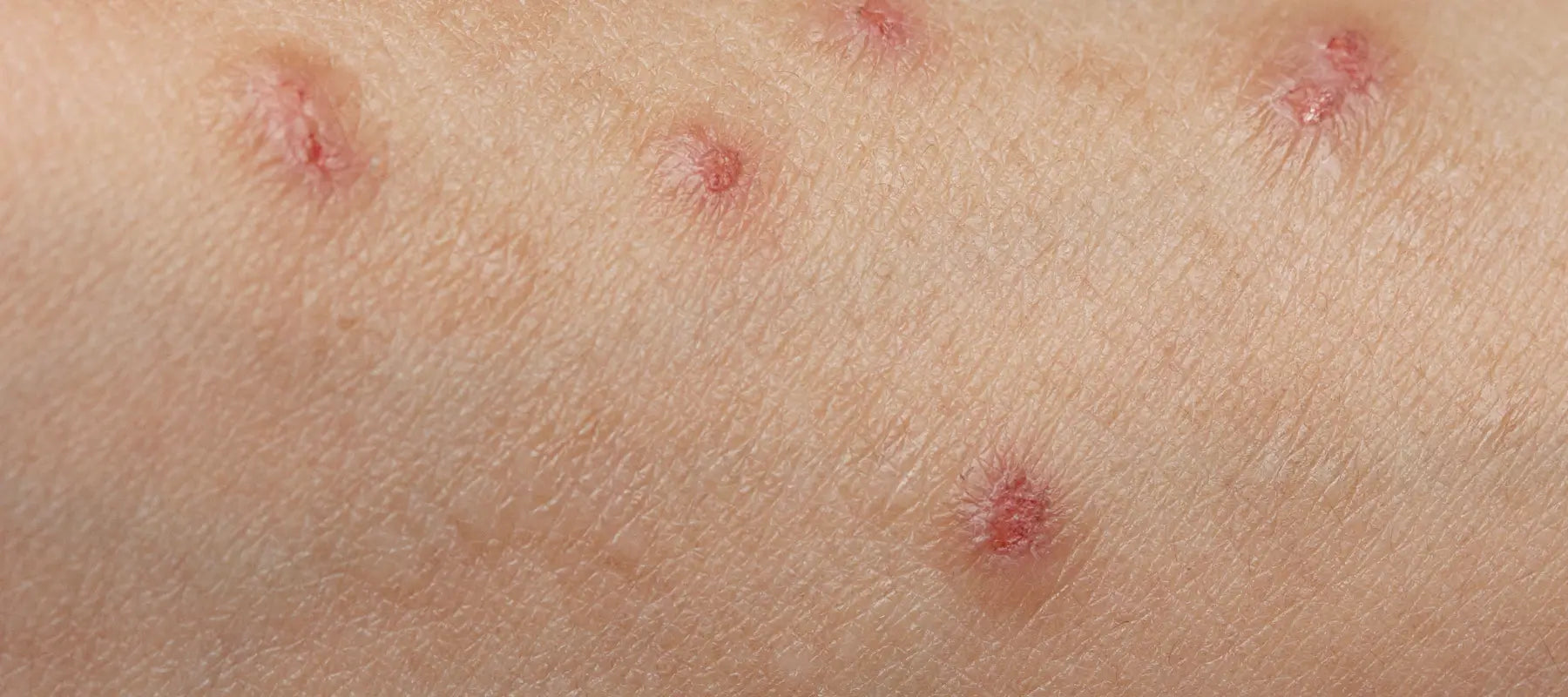
Skin Lesions: Meaning, Types, Treatment, More
Do certain areas of your skin look different from the surrounding areas? If so, you are probably suffering from the issue of skin lesions. Check out this skincare guide to get a brief overview of skin lesions, their causes, and more.
Skin lesions meaning: What are they
If you are trying to find out the skin lesions meaning, you should know that they are areas of skin different from their surroundings. Skin lesions are an extremely common dermatological concern. They are often an outcome of damage or injury to the skin.
At times, skin lesions might indicate underlying health conditions like an autoimmune disorder or infections. The majority of lesions on the skin are benign and harmless. But in certain cases, the lesions can be a sign of something concerning.
Types of skin lesions
If you look into the types of skin lesions, you will find primary and secondary ones.
- Primary skin lesions
The primary skin lesions are not associated with any other underlying medical condition. A primary skin lesion can be described as one of the following:
- An elevated bump like a plaque or papule
- A flat mark in a different hue than your original skin tone
- An elevated solid bump like a nodule
- A blister with blood or fluid
- An elevated pimple with white or yellow pus
- An elevated bump going below the surface of the skin
Some primary skin lesions include birthmarks, acne, sunburn, and insect bites.
Also read: Yellow, Black and White Pus Pimples: The Difference and Causes
- Secondary skin lesions
Changes in the primary lesions can lead to the development of secondary skin lesions. The secondary lesions form because of itching or any type of direct injury to the primary lesions. Certain underlying conditions can also trigger the development of secondary lesions.
Secondary skin lesions include:
- Flaky and peeling skin
- Open pores
- Painful cracks on the skin
- Raised skin tissue in red or a pale hue
- Wrinkled or deflated skin
- Dry fluid around any wounds
- Thin and wrinkled skin
Some typical examples of skin lesions are cuts, scrapes, and scabbing due to dry skin and itching from allergies or psoriasis.
Also read: How To Manage Dry, Flaky Skin On Face
Causes of skin lesions
The typical causes of primary and secondary skin lesions include:
- Congenital reasons like birthmarks and moles
- Acne like papules and pustules
- Bacterial infections like herpes
- Viral infections like HPV and HIV
- Side effects of a medication or chemotherapy
- Injuries like wounds or sunburn
- Allergic reactions like bug bites or poison ivy
- Underlying medical conditions like liver or kidney diseases, cancer, and autoimmune disorders
How to get rid of skin lesions
If you are trying to discover how to get rid of skin lesions, you will come across innumerable topical and oral medications. One skincare product that can help you with the removal of skin lesions like acne is the Overnight Acne Spot Corrector. It acts as a spot treatment solution for clearing out lesions and making your skin appear even.
You need to directly apply the solution to your lesions and keep it overnight. After you wash your face in the morning, you will see that your acne lesions have reduced by half. The solution works by shrinking breakouts and making your skin smoother.
Some other tips for keeping lesions like acne away from your skin include:
- Get hold of non-comedogenic skincare and makeup products to keep pores open.
- Cleanse your face to stop impurities from blocking your pores. But remember to use a gentle cleanser like the Clearing & Calming Acne Face Wash to cleanse your skin while enjoying a soothing feeling.
- Never step out in the sun without coating your skin with a lightweight protection like the Mineral Matte Tinted Sunscreen.
Since secondary skin lesions often occur due to an underlying condition, curing them requires treating the cause. Maybe you have skin lesions due to a liver or kidney disorder. You will notice the lesions disappearing only when you seek proper treatment for the diseases.
Conclusion
You should be able to understand what is a skin lesion to eliminate them quickly. You will get either primary or secondary lesions on your skin. Remember to choose the right treatment method according to the type of lesion for fast recovery.
FAQs:
1. Are skin lesions common for everyone?
Skin lesions can affect everyone at any age. In some people, skin lesions can appear at birth and threaten their overall well-being. If your skin is sensitive, coming in contact with allergens will trigger lesions. Chronic conditions like psoriasis can also lead to recurring lesions on your skin.
2. How can I identify skin lesions?
The term "lesion" refers to any area of skin that has been altered or appears differently than it normally would. This could include a rash, soreness, bumps, swelling, or any other changes to the skin. If you have a lesion, you are advised to consult a dermatologist. They are highly skilled in identifying the specific type of lesion and suggesting suitable treatment options.
3. Where can I spot lesions on the body?
Skin lesions can manifest on any part of your body, with variations in type depending on the location. For instance, acne and eczema are specific skin lesions with distinctive patterns.
4. What are a few symptoms of skin lesions?
Itchiness, pain, and swelling can often accompany skin lesions. These lesions are also characterised by abnormal growths on the skin. Moreover, you might notice the affected part of your skin change in colour.
5. What is the meaning of a lesion on the skin?
A skin lesion is any abnormal change in the skin's appearance, texture, or colour. It can be benign or malignant, caused by infections, injuries, or underlying conditions. There are different types of skin lesions, including rashes, blisters, and tumours.
6. What are the types of skin lesions?
Skin lesions are primary (direct changes in the skin) or secondary (resulting from irritation or disease). Primary lesions include macules, papules, nodules, vesicles, and pustules. Secondary lesions include ulcers, scars, and crusts. Some, like moles, are harmless, while others, like melanoma, require medical attention.
7. What is the best skin lesion treatment?
Treatment depends on the type. Topical creams (antibiotics, steroids, antifungals) treat infections and inflammation. Laser therapy, cryotherapy, or surgical removal help with warts, moles, or tumours. Proper skincare, sun protection, and dermatologist-guided treatments ensure effective healing and prevention of complications.
How do you heal a skin lesion?
Healing depends on the cause. Cleanse gently, apply antiseptic or medicated creams, and keep the area moisturised. Avoid scratching and protect it from sun exposure. For serious lesions, seek medical treatment like antibiotics, surgery, or laser therapy to prevent infection and scarring.

























































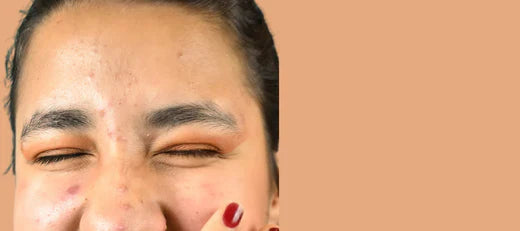

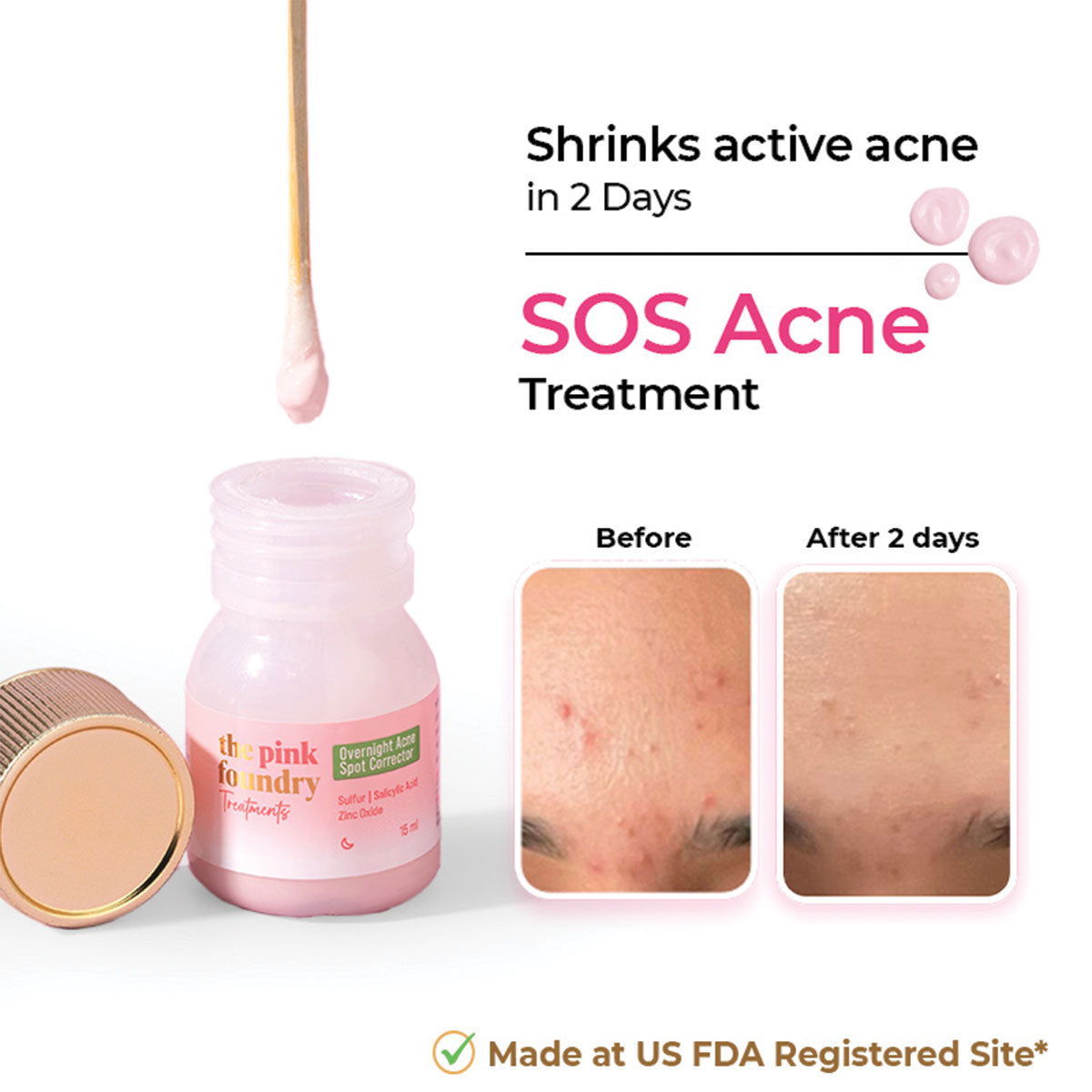
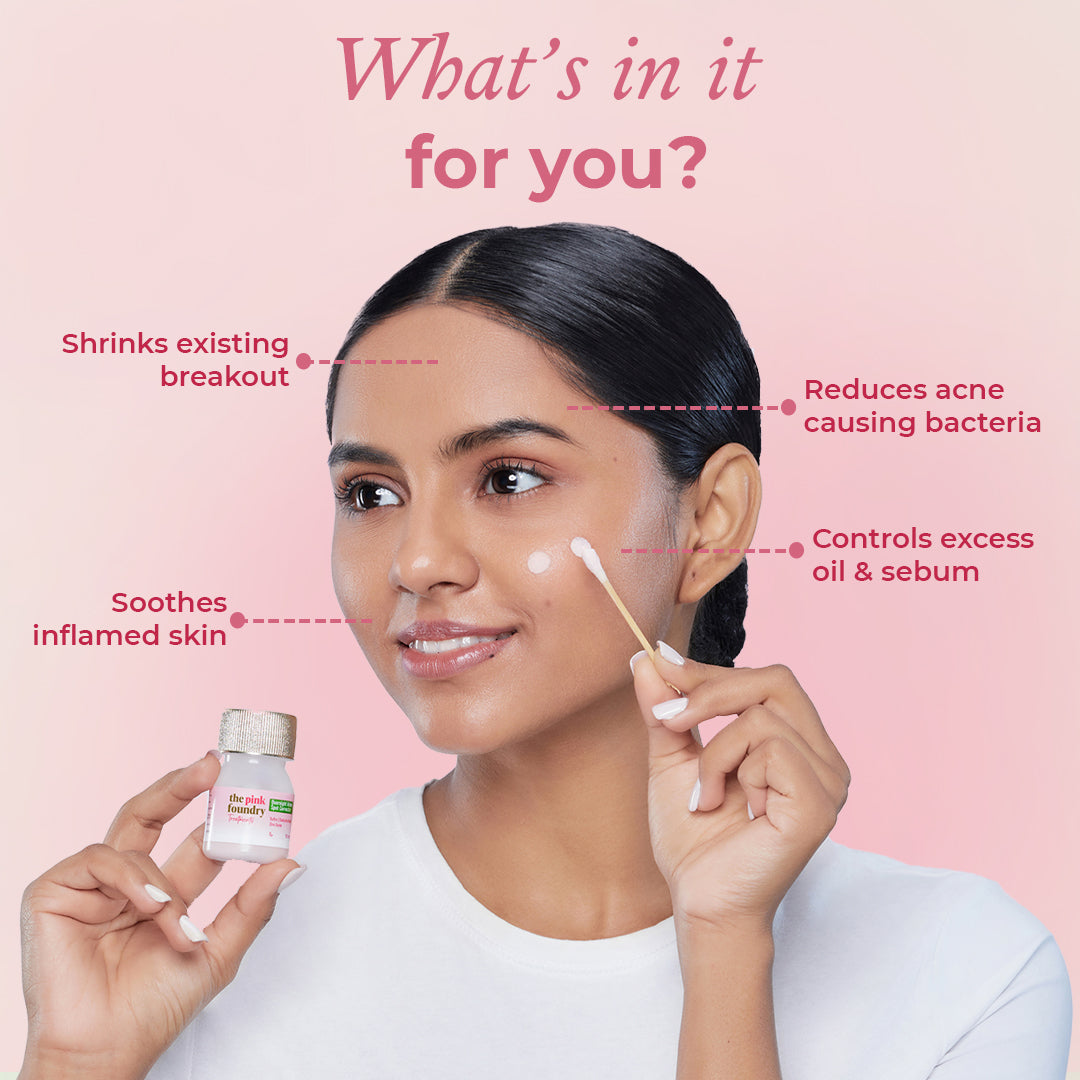
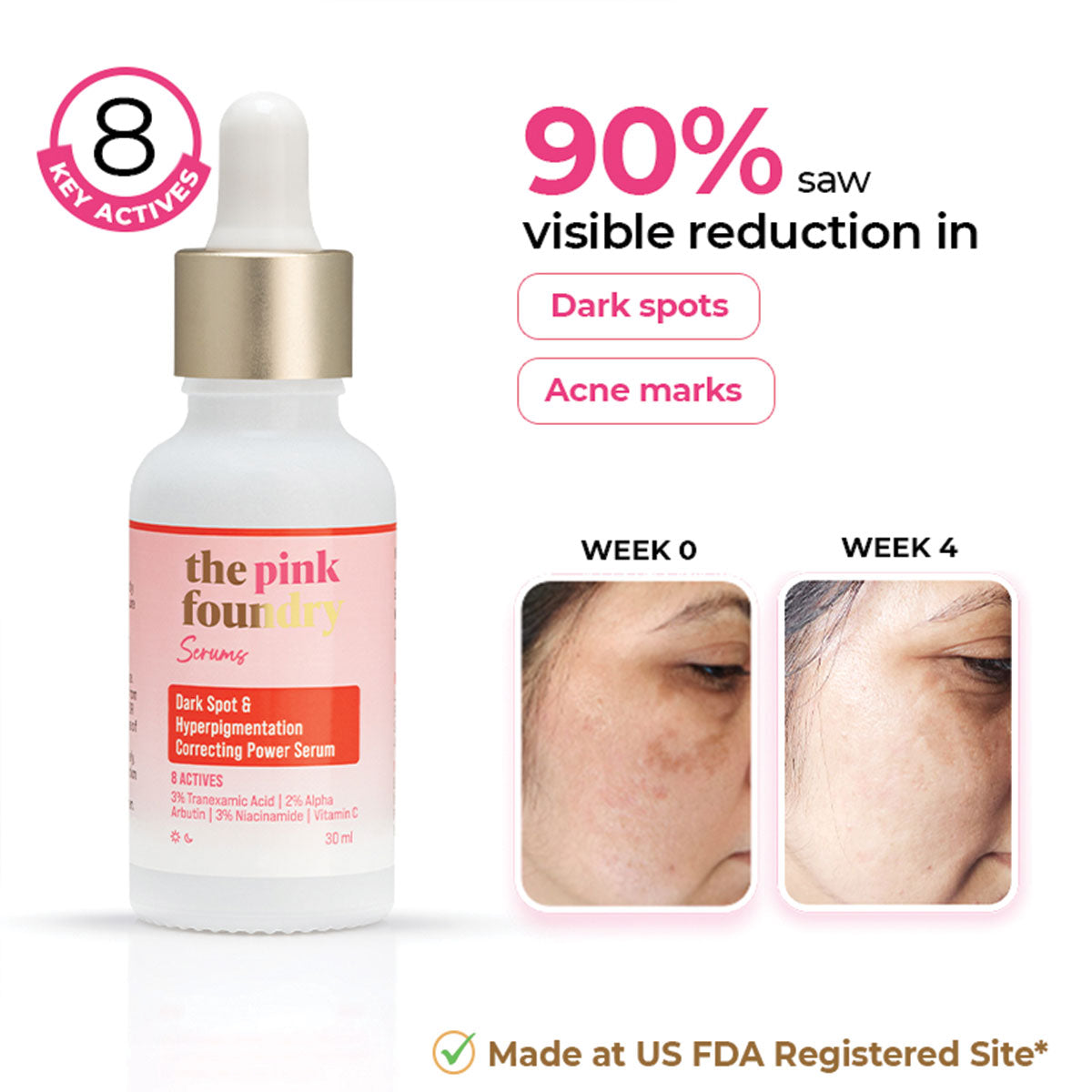
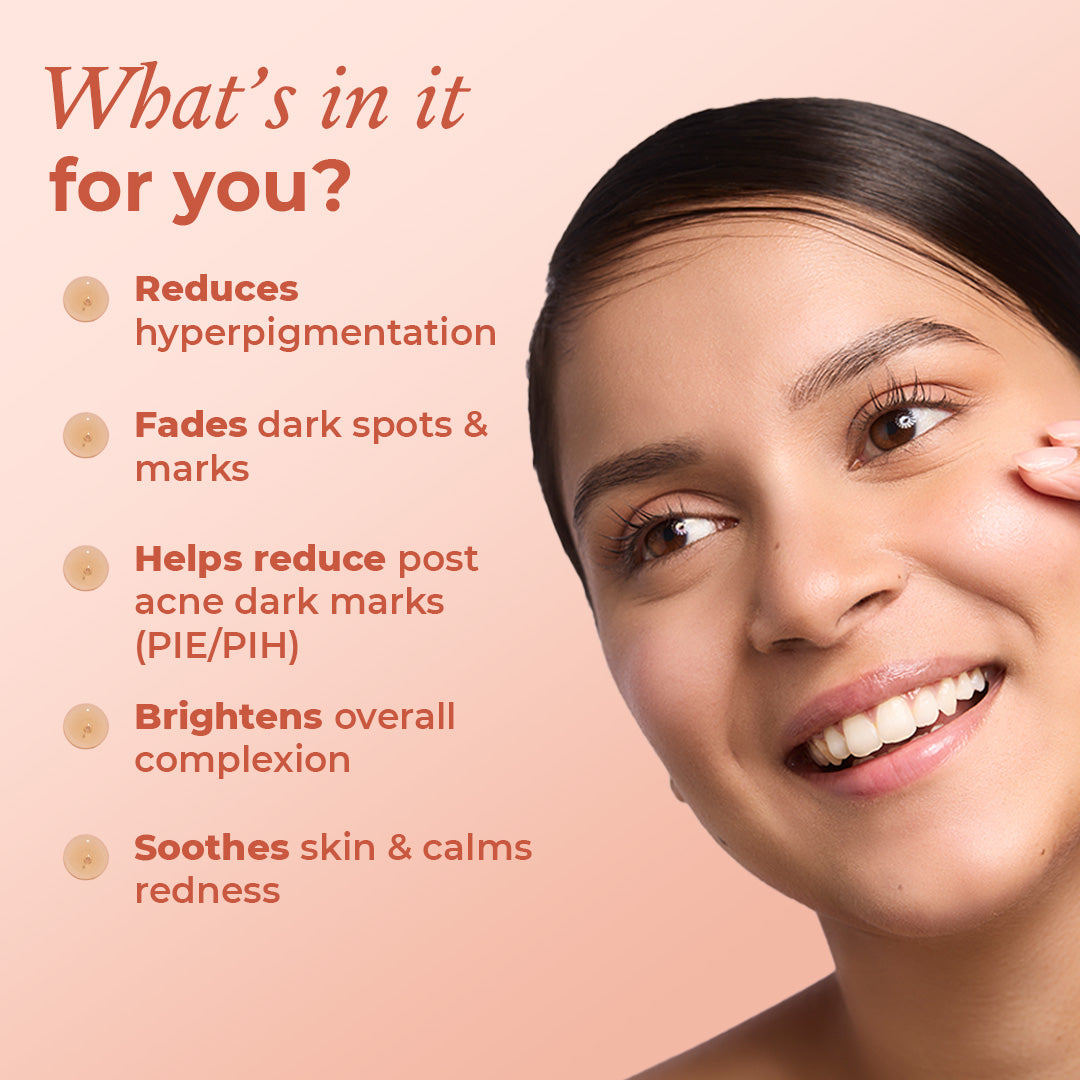
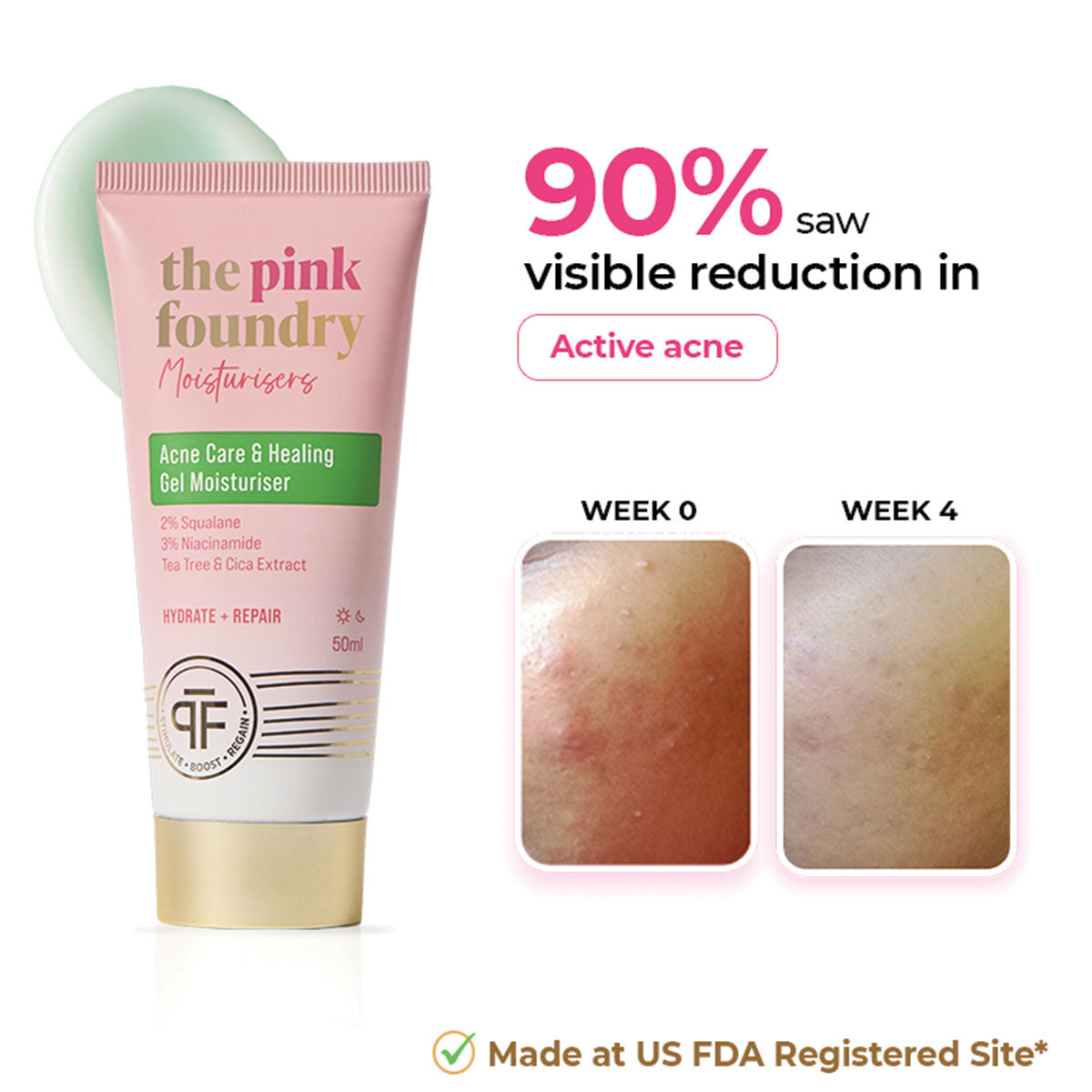
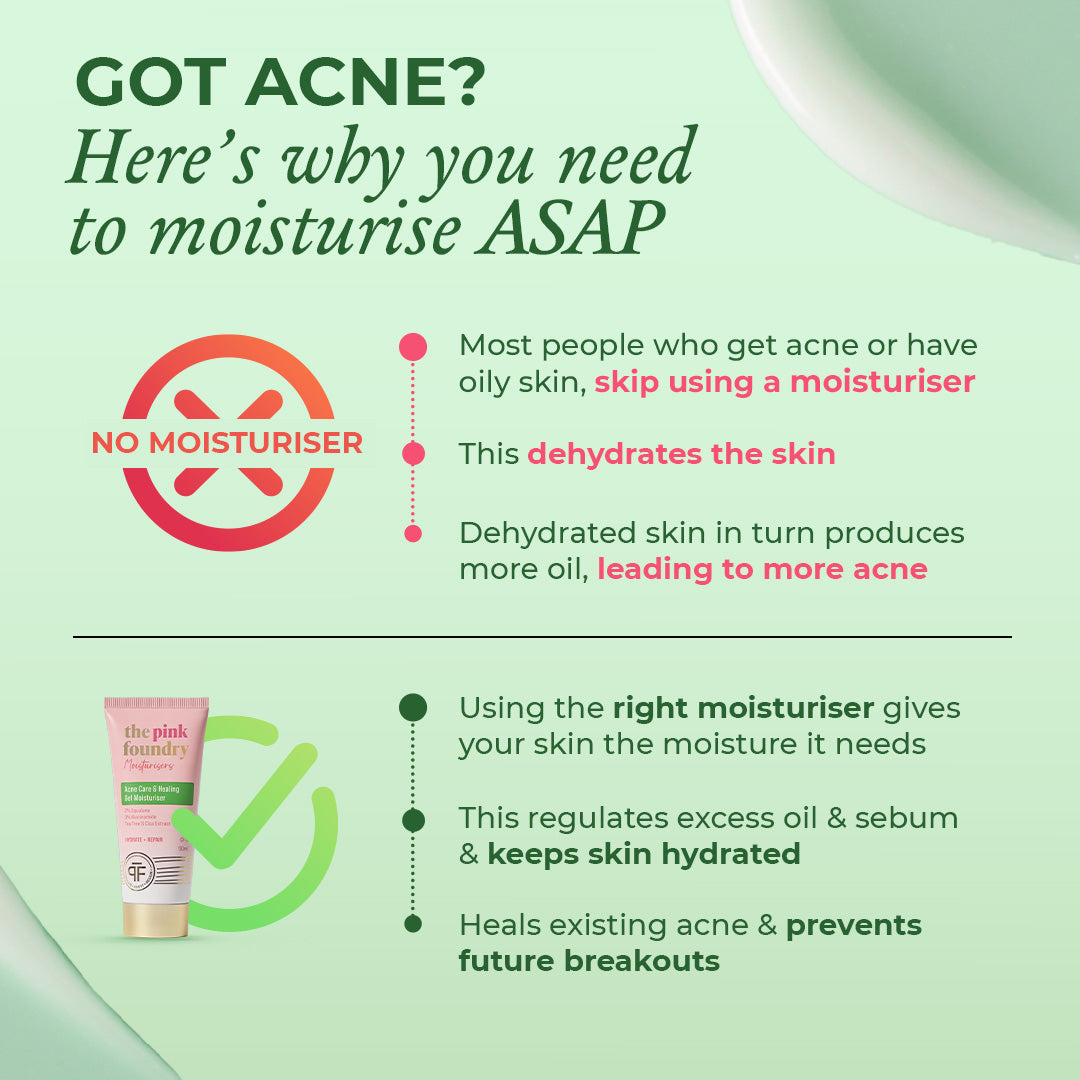
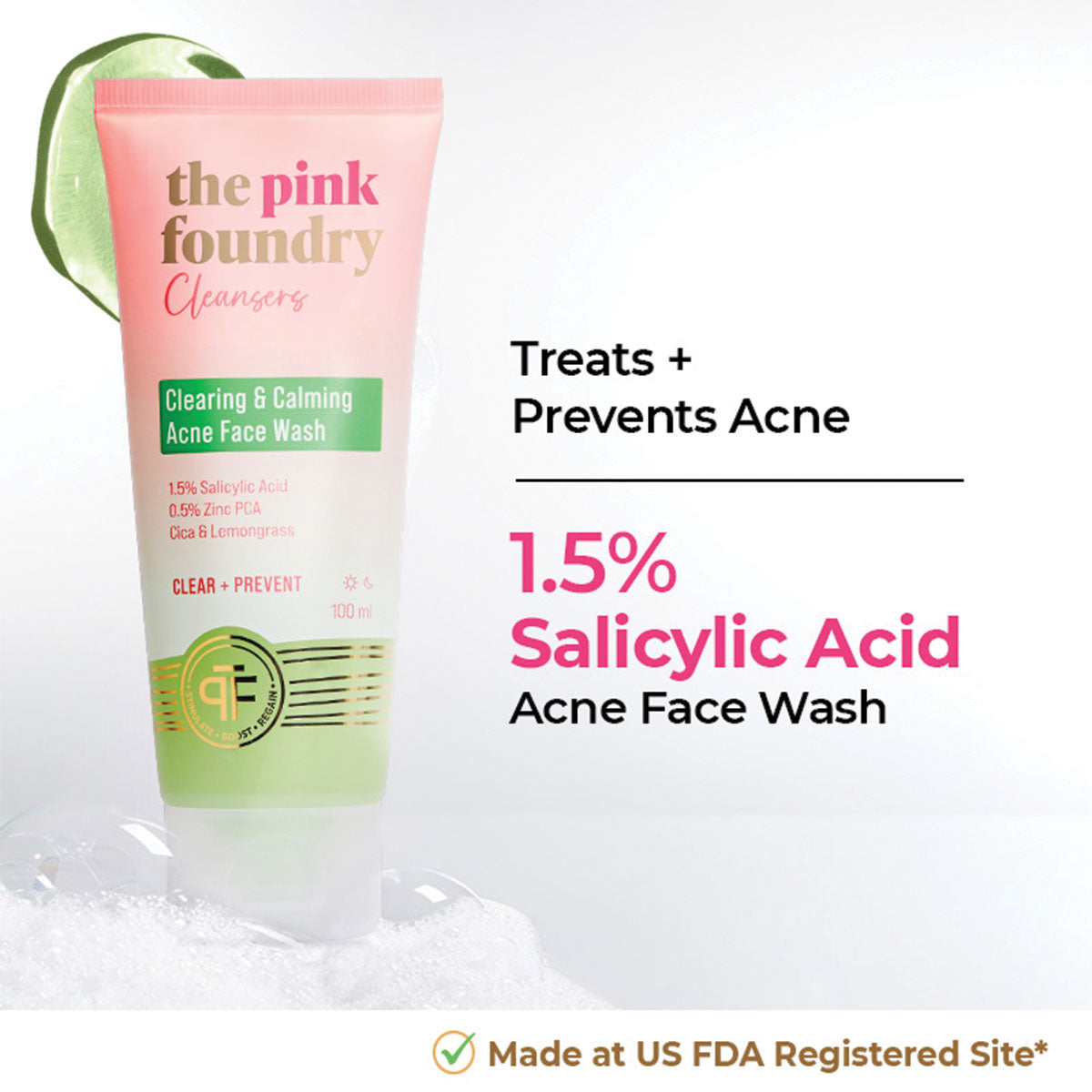
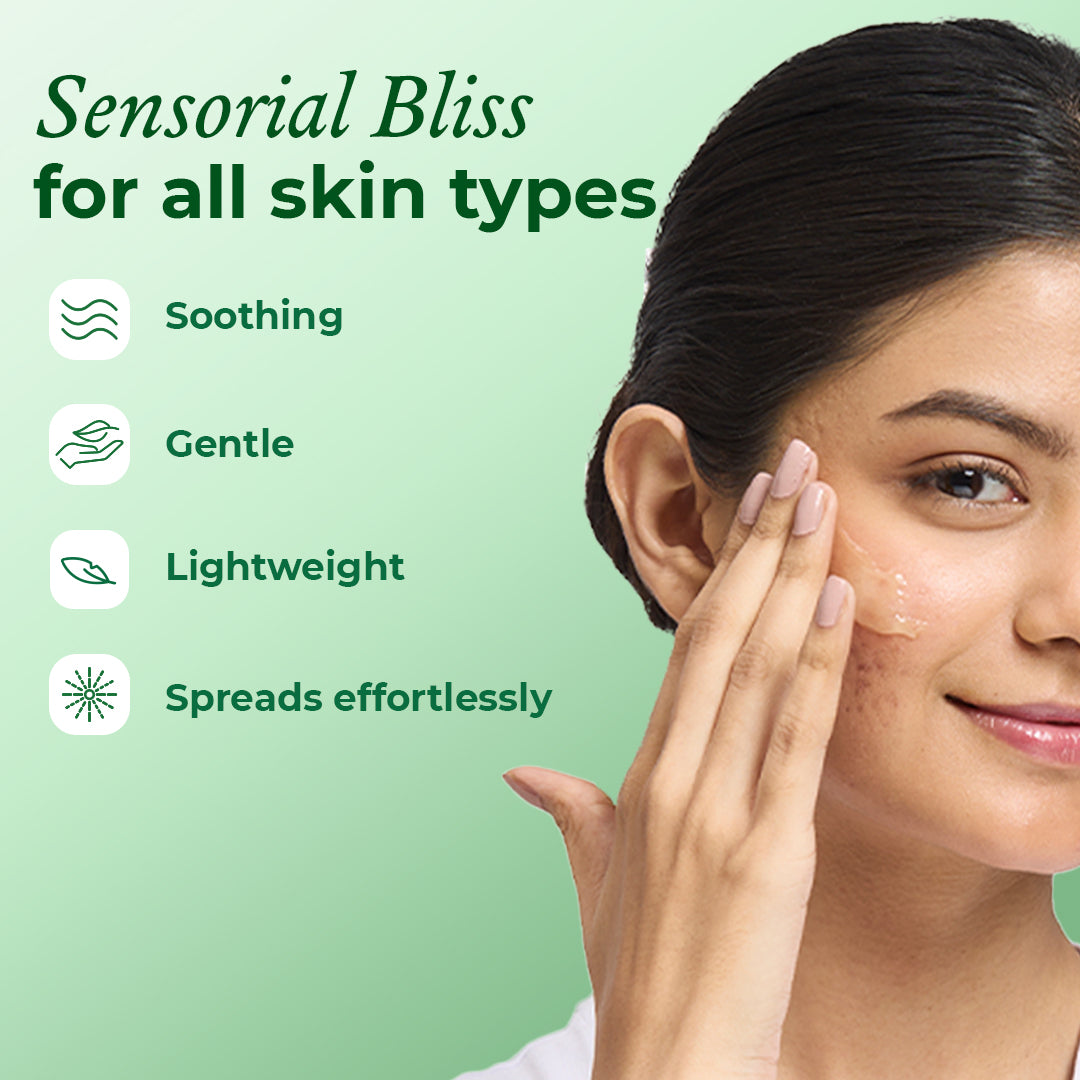
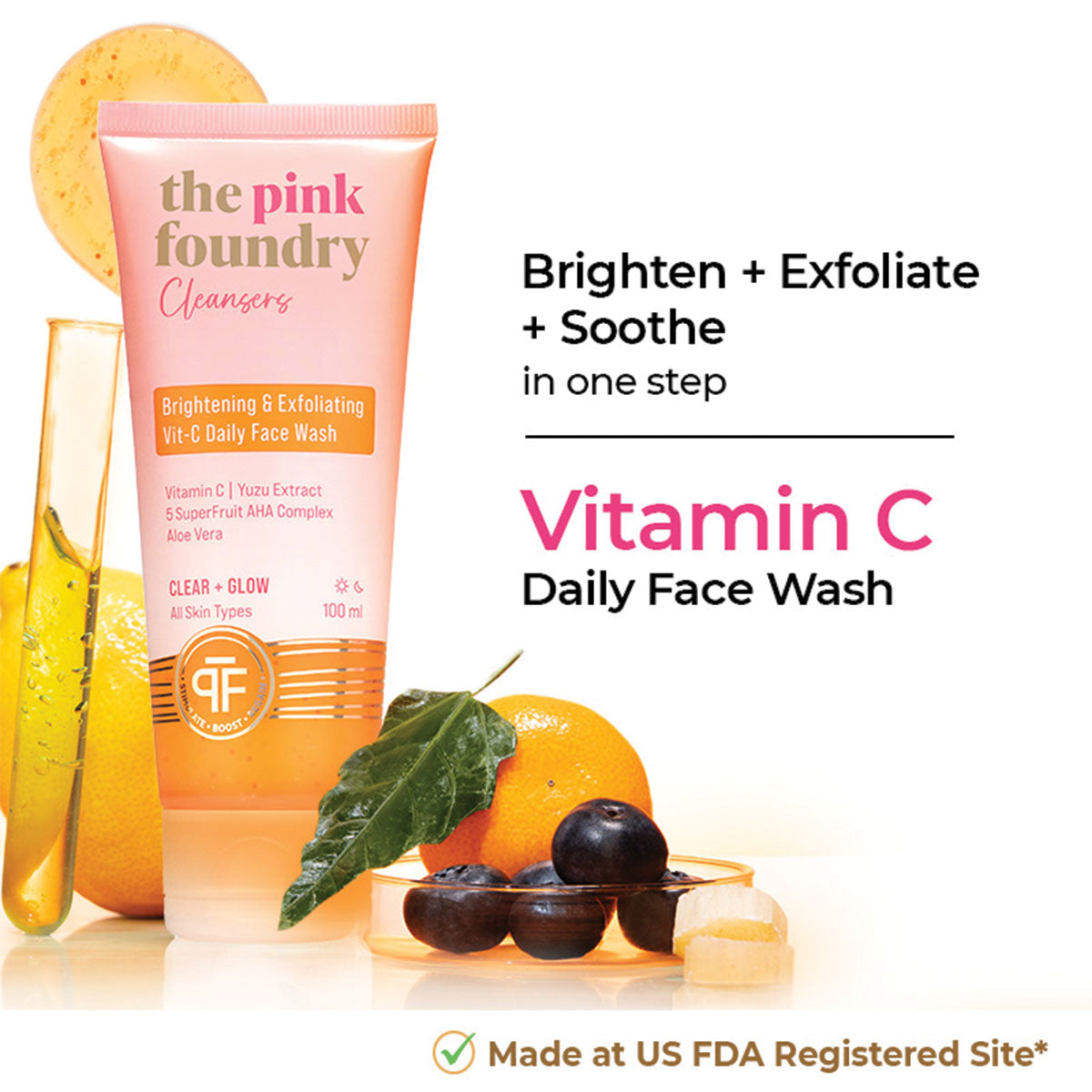
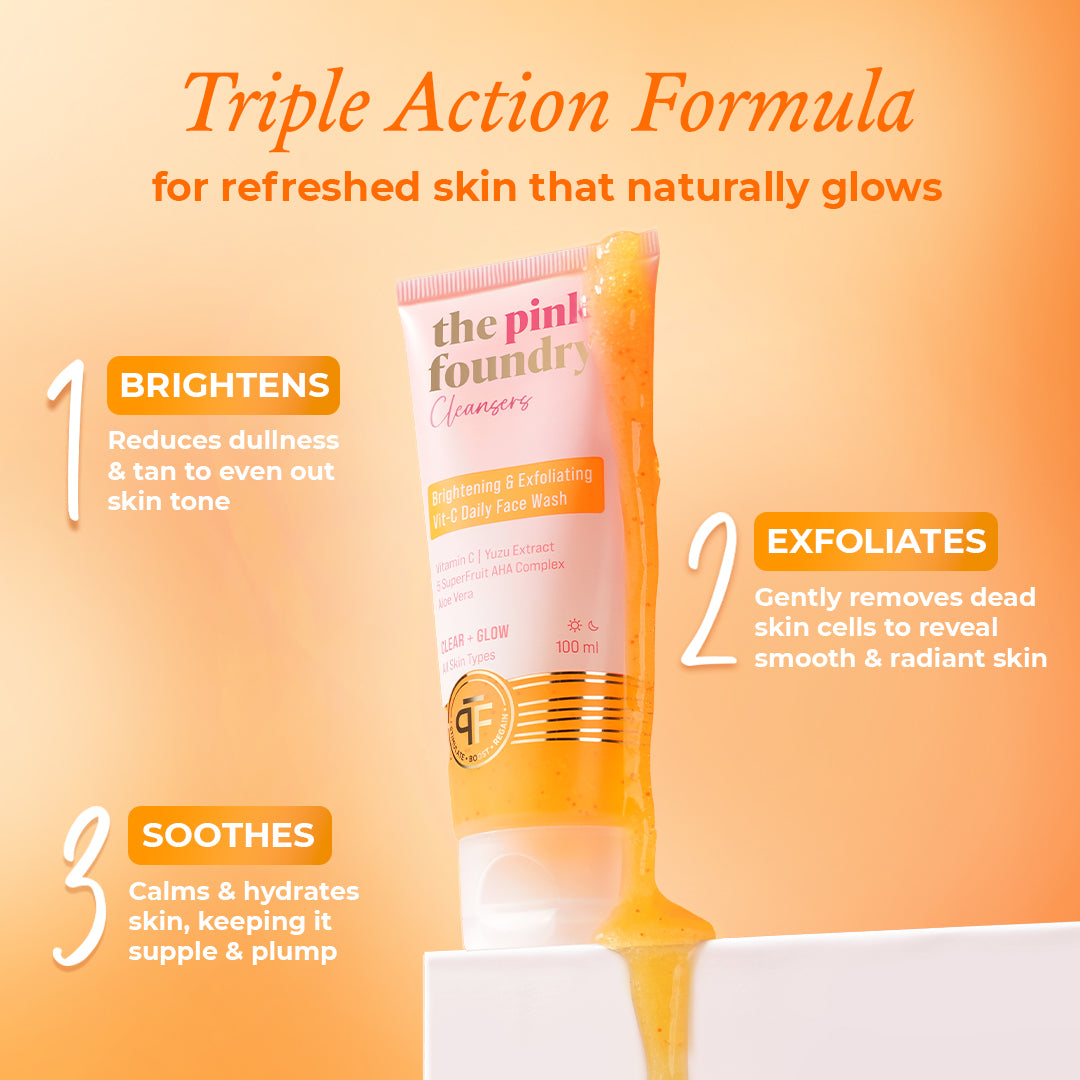

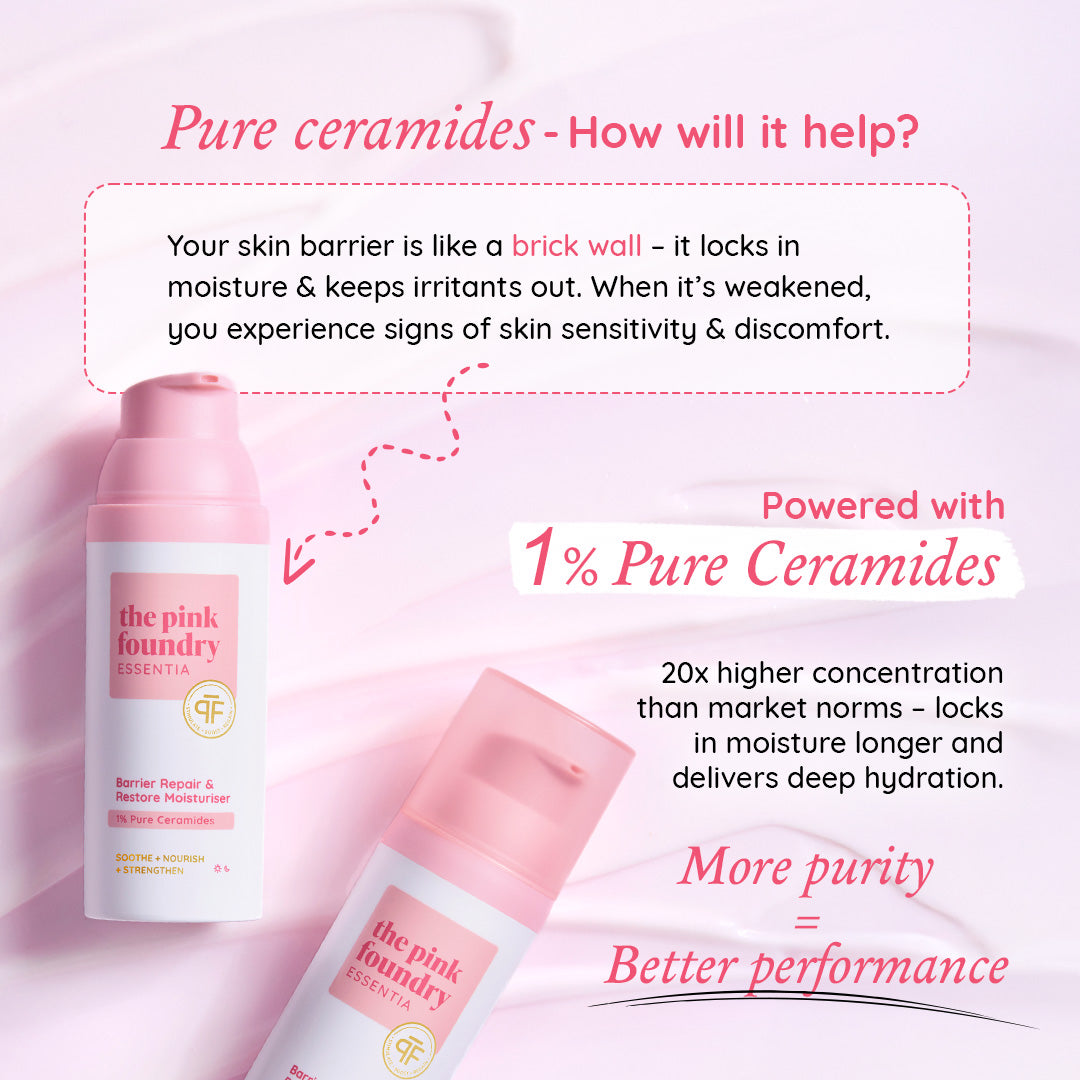




Leave a comment
This site is protected by hCaptcha and the hCaptcha Privacy Policy and Terms of Service apply.